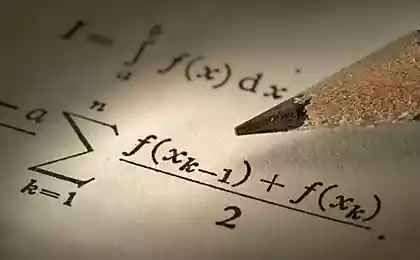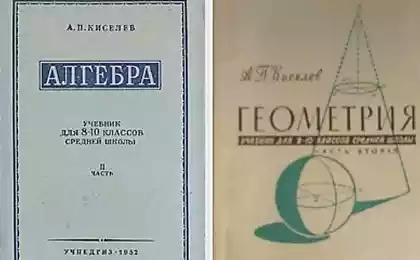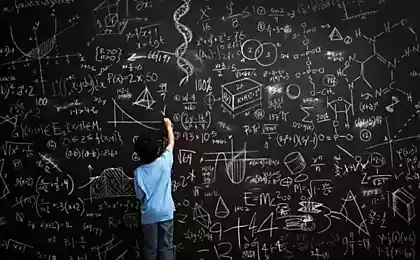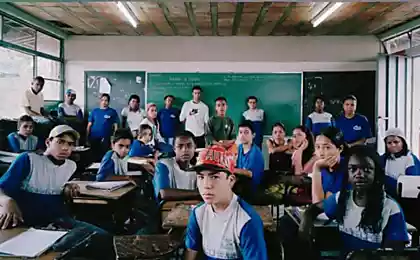215
Cunning mathematical example that has put the whole Internet on the ears, the controversy does not cease
My son is in third grade. I was helping him with a math assignment and faced a very interesting question. The method of performing sequential operations in examples with different signs is different from how I was taught. And modern. children think Such examples are not even considered.

When my son turned to me for help in solving the example, I was sure that we would quickly cope with him. As a result, our arguments dragged on until late in the evening. And then I found an interesting article and video on YouTube with a detailed explanation of this method. It turns out that solving mathematical examples is necessary not only in school, but also in adulthood. I should have known for sure that mathematical methods of calculation are now equated with economic methods.

From the moment I was in junior school, I clearly remember how we were taught sequences of actions. Multiplication has always been a priority and was solved first, after it there was division, and then addition and subtraction. The primacy of multiplication was given only to the expression in brackets, regardless of which sign is there. Now, as my son explained to me, they're taught PEMDAS. What is this method and how to apply it in solving mathematical examples, I began to understand.
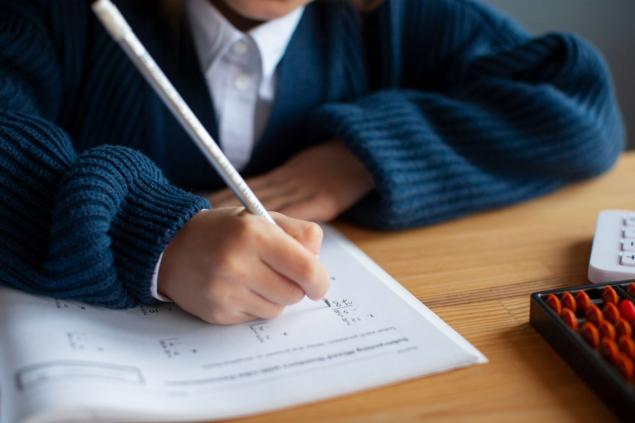
For the first time, the PEMDAS rule was applied in algebra textbooks for military engineers. The word itself is an abbreviation of the first letters of words denoting the order of performing actions in mathematical examples. P is parenthesis, E is exponent, M is multiplication, D is division, A is addition, S is subtraction. The second condition for solving examples of this method is a left-to-right solution. Now let’s look at a specific example to make it clearer.
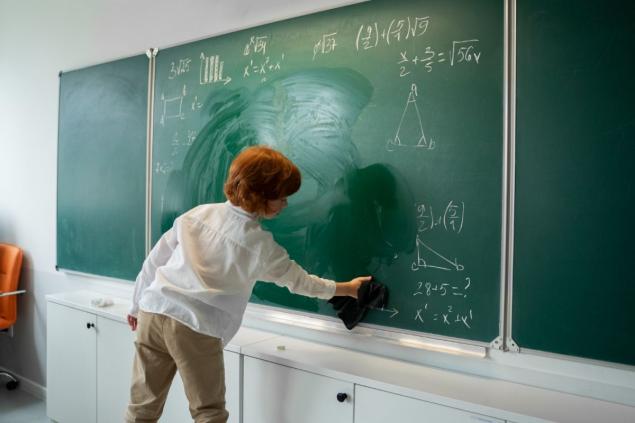
Here is an example I asked my son to help solve: 6/2(1 + 2). Using the PEMDAS rule, keep in mind that the first action is to add in brackets because they are prioritized. We get the sum 1 + 2 = 3. And then the second condition of the rule is the decision from left to right. 6/2 = 3. And in the last action, we multiply 3 by 3 and get 9. It was in the application of the second condition of the PEMDAS rule that the disagreement arose. After all, even in the abbreviation itself, multiplication is the first, and after it there is division.

According to the PEMDAS rule, multiplication/division and addition/subtraction have the same priority. Therefore, the second condition of the rule was applied - the decision from left to right. But if we solve this example using the classical method, the answer would be one. In the scientific community and on the Internet, serious debates are raging about how to correctly solve such examples. However, scientists prefer the PEMDAS rule.

This rule became widespread due to the development of programming and computer technology. It was programmers who first began to use this method in writing algorithms for programs. Therefore, this method has been widely used in everyday life, because our life today is completely dependent on computer technology. This method is also used in economics. And so that children adapt to modern living conditions immediately, it was proposed to apply the PEMDAS rule in elementary school of mathematics.
Now with this rule, it's much easier for me to help my son set examples. After all, we prepare children for life in society and in the conditions that exist in this society. Have you come across this rule? Write in the comments how you apply the PEMDAS rule in your daily life.

When my son turned to me for help in solving the example, I was sure that we would quickly cope with him. As a result, our arguments dragged on until late in the evening. And then I found an interesting article and video on YouTube with a detailed explanation of this method. It turns out that solving mathematical examples is necessary not only in school, but also in adulthood. I should have known for sure that mathematical methods of calculation are now equated with economic methods.

From the moment I was in junior school, I clearly remember how we were taught sequences of actions. Multiplication has always been a priority and was solved first, after it there was division, and then addition and subtraction. The primacy of multiplication was given only to the expression in brackets, regardless of which sign is there. Now, as my son explained to me, they're taught PEMDAS. What is this method and how to apply it in solving mathematical examples, I began to understand.

For the first time, the PEMDAS rule was applied in algebra textbooks for military engineers. The word itself is an abbreviation of the first letters of words denoting the order of performing actions in mathematical examples. P is parenthesis, E is exponent, M is multiplication, D is division, A is addition, S is subtraction. The second condition for solving examples of this method is a left-to-right solution. Now let’s look at a specific example to make it clearer.

Here is an example I asked my son to help solve: 6/2(1 + 2). Using the PEMDAS rule, keep in mind that the first action is to add in brackets because they are prioritized. We get the sum 1 + 2 = 3. And then the second condition of the rule is the decision from left to right. 6/2 = 3. And in the last action, we multiply 3 by 3 and get 9. It was in the application of the second condition of the PEMDAS rule that the disagreement arose. After all, even in the abbreviation itself, multiplication is the first, and after it there is division.

According to the PEMDAS rule, multiplication/division and addition/subtraction have the same priority. Therefore, the second condition of the rule was applied - the decision from left to right. But if we solve this example using the classical method, the answer would be one. In the scientific community and on the Internet, serious debates are raging about how to correctly solve such examples. However, scientists prefer the PEMDAS rule.

This rule became widespread due to the development of programming and computer technology. It was programmers who first began to use this method in writing algorithms for programs. Therefore, this method has been widely used in everyday life, because our life today is completely dependent on computer technology. This method is also used in economics. And so that children adapt to modern living conditions immediately, it was proposed to apply the PEMDAS rule in elementary school of mathematics.
Now with this rule, it's much easier for me to help my son set examples. After all, we prepare children for life in society and in the conditions that exist in this society. Have you come across this rule? Write in the comments how you apply the PEMDAS rule in your daily life.
Pluto is changing sign, and the world we knew is leaving us with great speed, change is coming.
Found an old winking card that my father had once brought from a trip, and flooded with childhood memories

